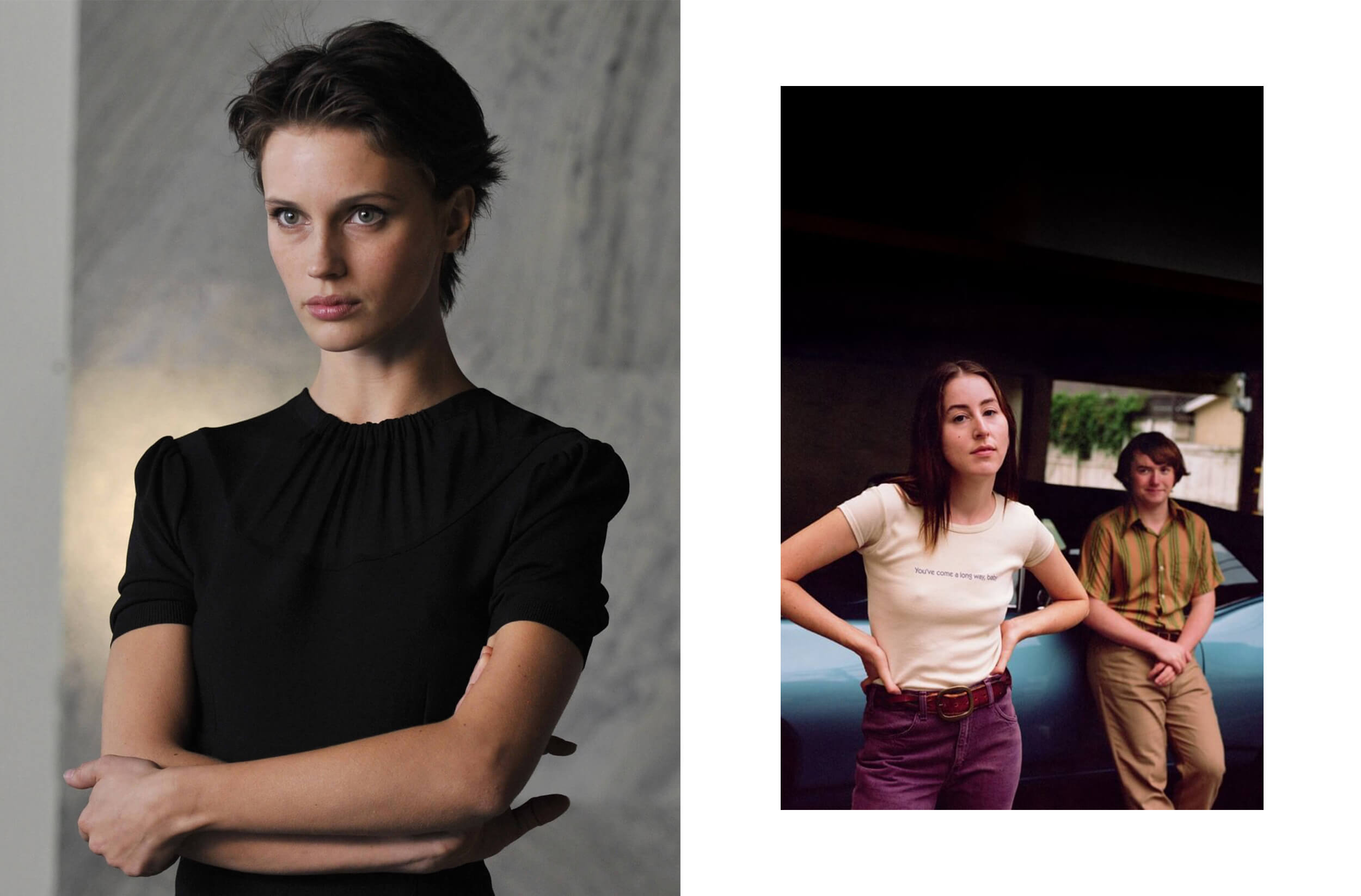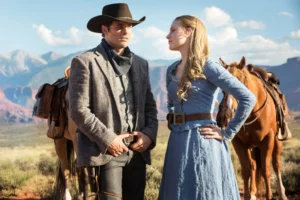Someone once told me – if I weren’t human, I’d be a wildflower. One of those that grow spontaneously, unexpectedly, thriving quietly in places they don’t always belong, enduring storms but always surviving, blooming again after the tempests until forces beyond their control uproot them from their soil. The feeling of “not belonging” is complex. It’s a sensation shared by wildflowers and sensitive people, those who, like flowers, “feel” but “don’t speak out”.
Watching “Inside Out 2”, another masterpiece from Pixar (who excels even with sequels), made me reflect on how and why some of us tend to hold back emotions – emotions that ultimately define who we are. Joy, sadness, fear, anger, disgust, anxiety, envy, embarrassment, boredom, and nostalgia are the tiles of our inner life, the drivers of a grand console that evolves with us as we grow, monitoring our unique journey. We can learn to regulate them but also let them play a little with us, allowing events to unfold. We can learn to feel them more deeply. If I imprison joy with fear, anxiety, and embarrassment, the person I love will never receive my love; if I hold back fear with anger and nostalgia, I’ll never leave a place that doesn’t belong to me; if I give in to anxiety, fear, and nostalgia, I won’t allow change into my life in any form.
It’s extraordinary how a “simple” animated film can spark deep reflections about oneself, daily life, the people in it, and the future.
Extraordinary how films can teach and inspire not only creativity but also decisions and change.
“Inside Out 2” made me think about flowers and emotions and the emotions triggered by external phenomena, including cinema.
JOY
“Kill Bill Vol. I” by Quentin Tarantino

A pure celebration of human strength and resilience: among films that evoke profound emotions, “Kill Bill Vol. I” is pure joy for the viewer. The protagonist, Beatrix Kiddo, embodies determination in overcoming seemingly insurmountable challenges. Every fight she wins is not just a step toward her revenge but a personal triumph that resonates as an explosion of joy. Quentin Tarantino transforms action sequences into flawless choreography, where violence becomes an almost hypnotic dance. Beyond its narrative strength, the film offers visual beauty – aesthetic joy that reminds us we’re capable of anything.
SADNESS
“His Three Daughters” by Azazel Jacobs

A film that delves into sadness by exploring the emotional complexities that arise when a family faces a parent’s terminal illness. This story doesn’t merely depict the pain of loss but examines the unspoken tensions, charged silences, and unresolved conflicts between the three sisters at its center. Each represents a different way of coping with grief: from denial to anger to resignation. Sadness is amplified by silences, glances, and unspoken words, offering an authentic portrayal of sorrow, guilt, and the yearning for reconciliation.
FEAR
“Double Lover” by François Ozon
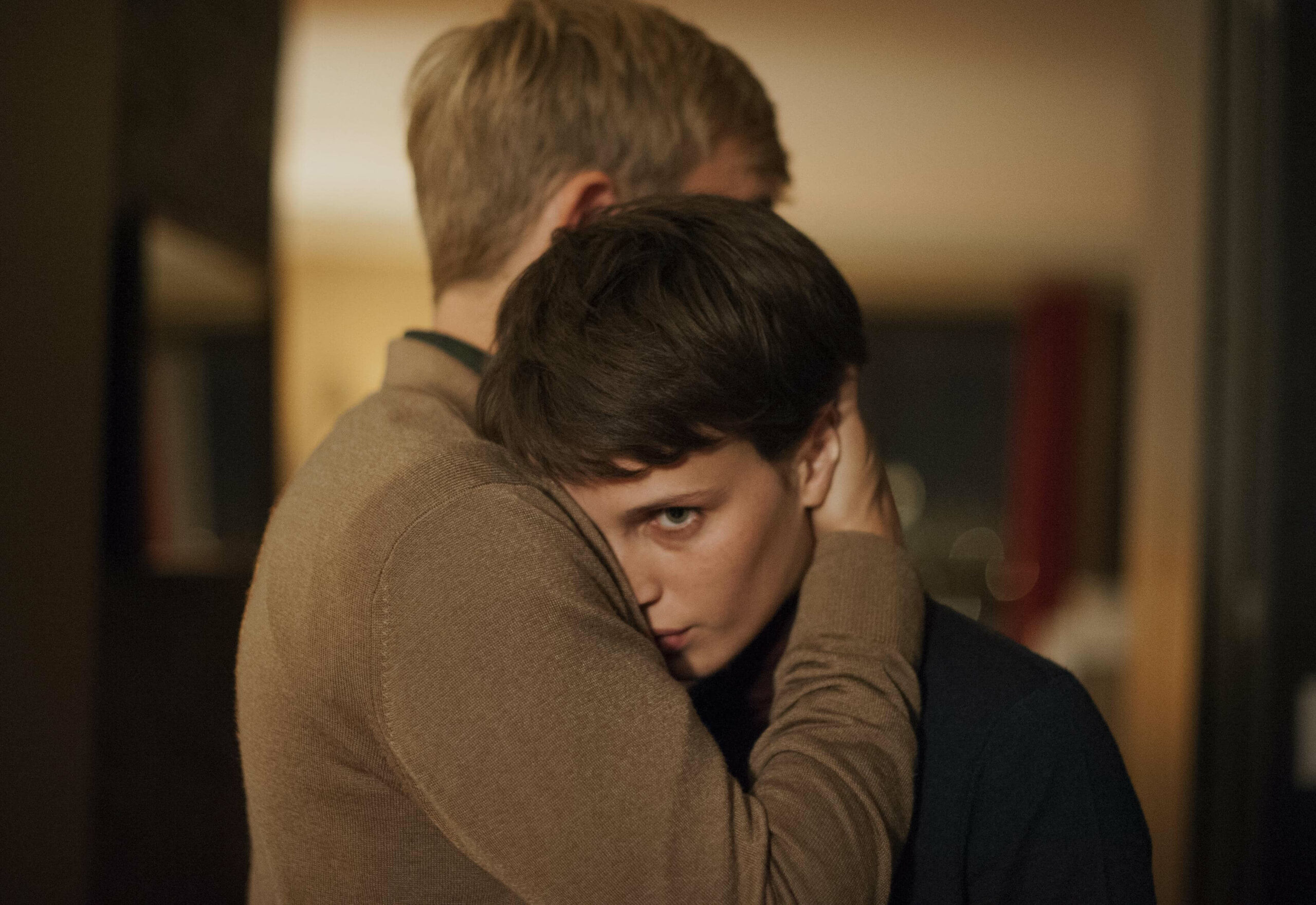
A blend of thriller elements and an exploration of themes like lies and betrayal. The story follows Chloé, a young woman who discovers her partner Paul hides a dark, unsettling identity. As the narrative unfolds, secrets emerge that shatter her perception of reality, creating an atmosphere of tension and suspicion. The film skillfully taps into the fear of the unknown and deception in relationships, leveraging the characters’ ambiguity and duality to unnerve the audience. The fear of not truly knowing a loved one and being betrayed blends with a sense of claustrophobia, where every certainty is questioned. This mix of psychological terror and emotional betrayal creates a gripping experience that confronts deep fears of trust and vulnerability.
ANGER
“The Zone of Interest” by Jonathan Glazer
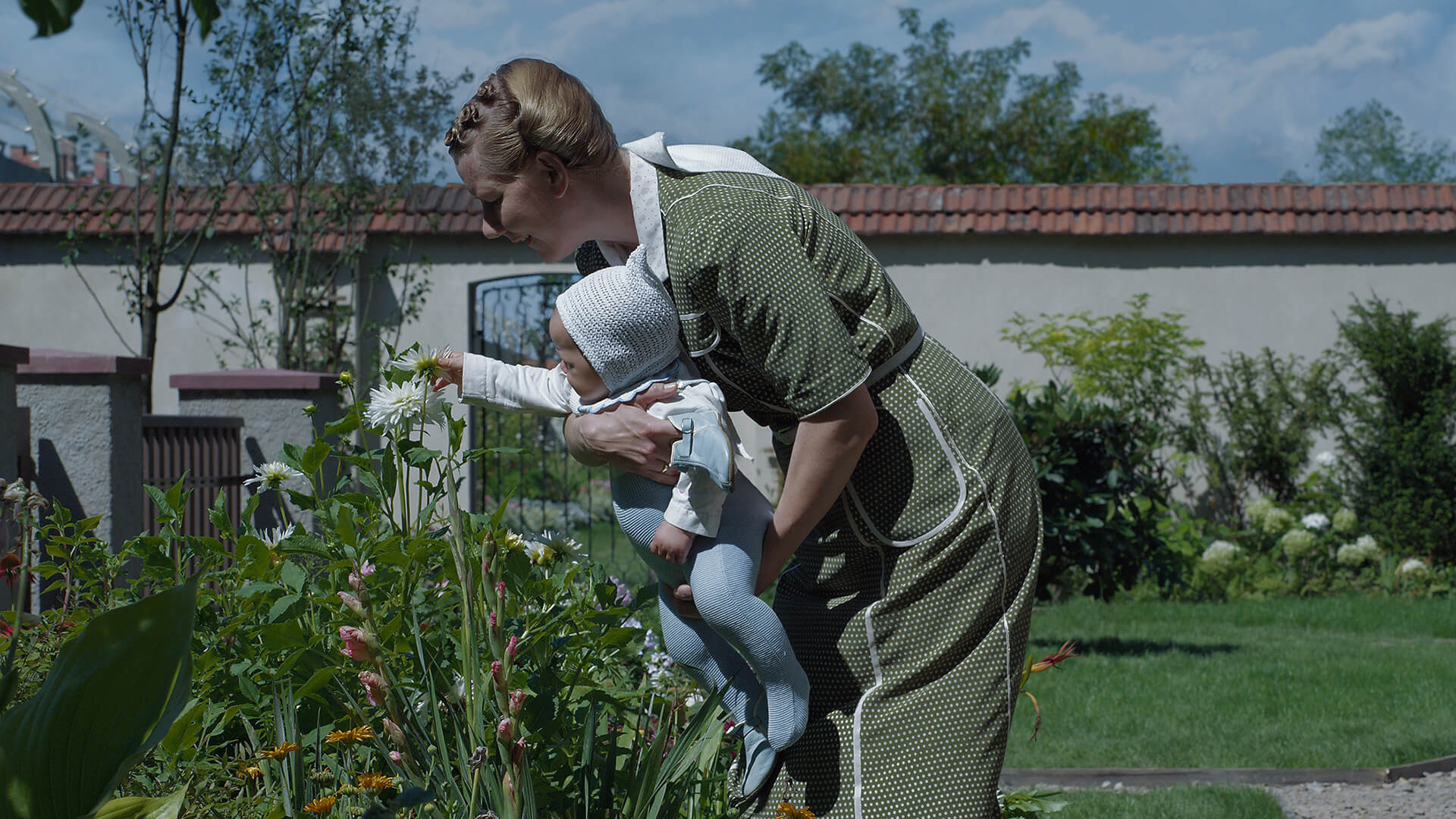
This film offers a relentless, detached portrayal of the realities of Nazi concentration camps. It starkly contrasts the indifference of a German family living near the camp with the horrors occurring right under their noses. Pure anger arises from the realization of the characters’ inability or refusal to acknowledge the brutality surrounding them. Their emotional detachment amplifies the viewer’s frustration and indignation, underscoring the dehumanization wrought by war and oppression.
DISGUST
“The Substance” by Coralie Fargeat
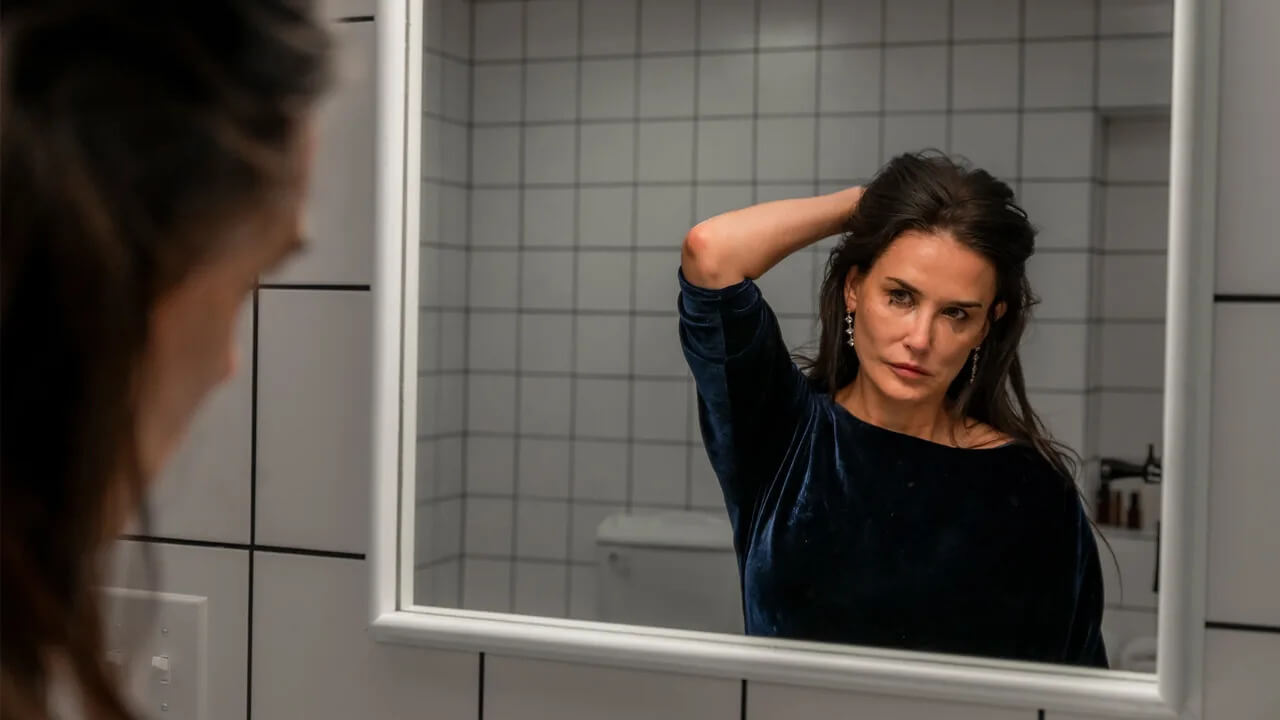
This Oscar-nominated film visually and narratively tackles unsettling themes of genetic manipulation and the alteration of human nature. Particularly revolting are the images of deformed bodies and failed experiments, emphasizing the grotesque and abhorrent consequences of science devoid of ethics. The disturbing visuals are heightened by an eerie soundtrack and dark cinematography, evoking ancestral fears and the terror of losing control over one’s body and identity.
ENVY
“La Jalousie” by Philippe Garrel
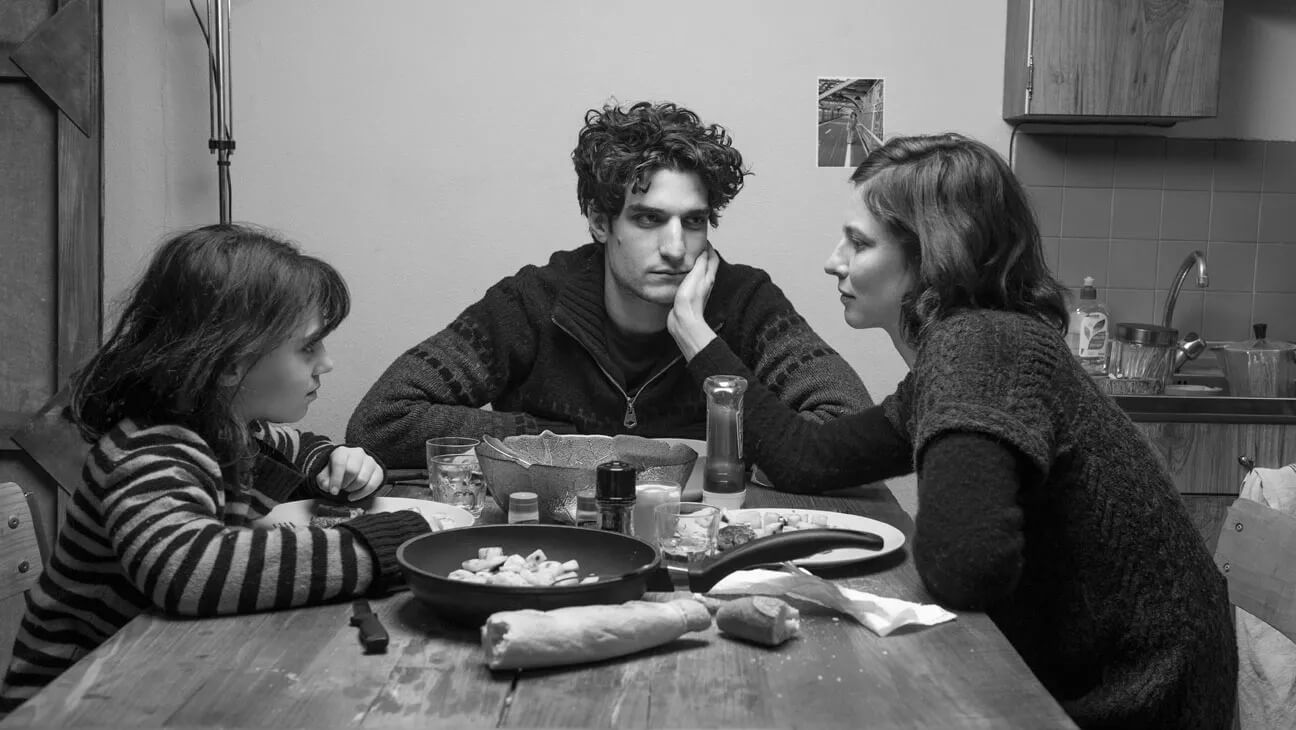
This film explores the complex dynamics of romantic and familial relationships. The story revolves around Louis, an actor in crisis who leaves his wife for a younger actress, Claudia. Despite his new love, Louis is tormented by the fear of losing what he’s gained, while Claudia feels trapped between her desire for independence and her fear of being overshadowed by others’ success. Envy subtly and poignantly permeates the relationships, manifesting in the tension between ambition and insecurity. Garrel skillfully uses black-and-white cinematography to accentuate the emotional intensity and fragility of dreams, evoking the familiar sense of jealousy that haunts even the most intimate and stable bonds.
ANXIETY
“This Closeness” by Kit Zauhar

This gem of independent cinema examines the complexities that arise when a young couple, Tessa and Ben, temporarily share a small apartment with a roommate, Adam. The story revolves around the growing tension between the three characters, as Adam subtly infiltrates the couple’s lives, disrupting their fragile balance. The claustrophobic settings underline Adam’s intrusion into Tessa and Ben’s personal space, heightening the anxiety and unease he exudes. Everyday interactions between the trio grow increasingly fraught, suggesting hidden conflicts and unspoken secrets. This oppressive atmosphere transforms ordinary moments into sources of discomfort, enveloping the viewer in anxiety and the pervasive sense of looming threat.
BOREDOM
“Evil Does Not Exist” by Ryūsuke Hamaguchi
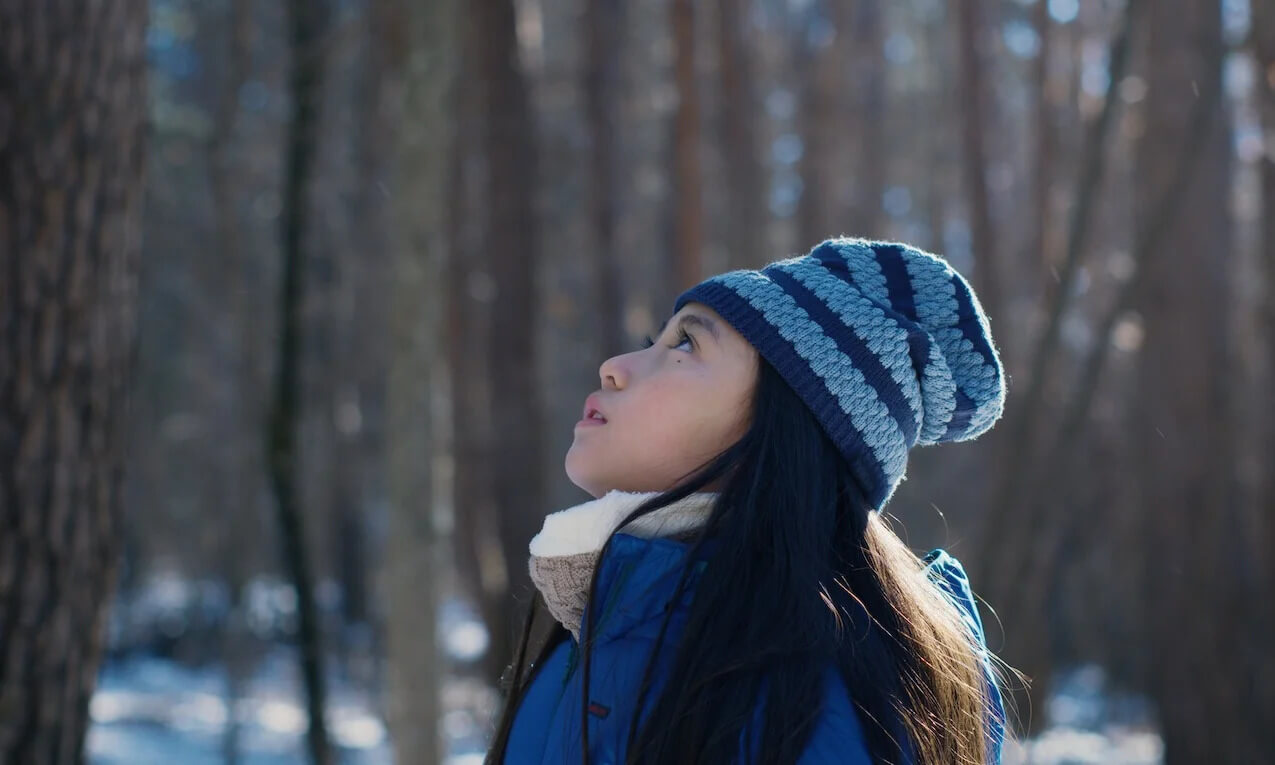
This film deliberately evokes boredom as a valuable element of an authentic lifestyle through a slow, contemplative narrative that lingers on seemingly insignificant details of everyday life. Long static shots, minimal dialogue, and sparse settings create a sense of emptiness and monotony typical of boredom. Here, boredom becomes an essential theme, highlighting the challenge of finding meaning or purpose in a world where evil seems absent yet simultaneously latent.
EMBARRASSMENT
“Babygirl” by Halina Reijn

This film captures the essence of emotional and relational vulnerability, following a highly successful CEO who begins an illicit relationship with her much younger intern. The protagonist often finds herself in situations fraught with tension, where her desires and insecurities are exposed in a raw and relatable way. Embarrassment arises not only in awkward interactions or unspoken conflicts but also in the difficulty of confronting herself and the world around her. The director enhances these moments with an intimate lens, emphasizing body language and charged silences, transforming embarrassment into a universal and empathetic experience.
NOSTALGIA
“Licorice Pizza” by Paul Thomas Anderson
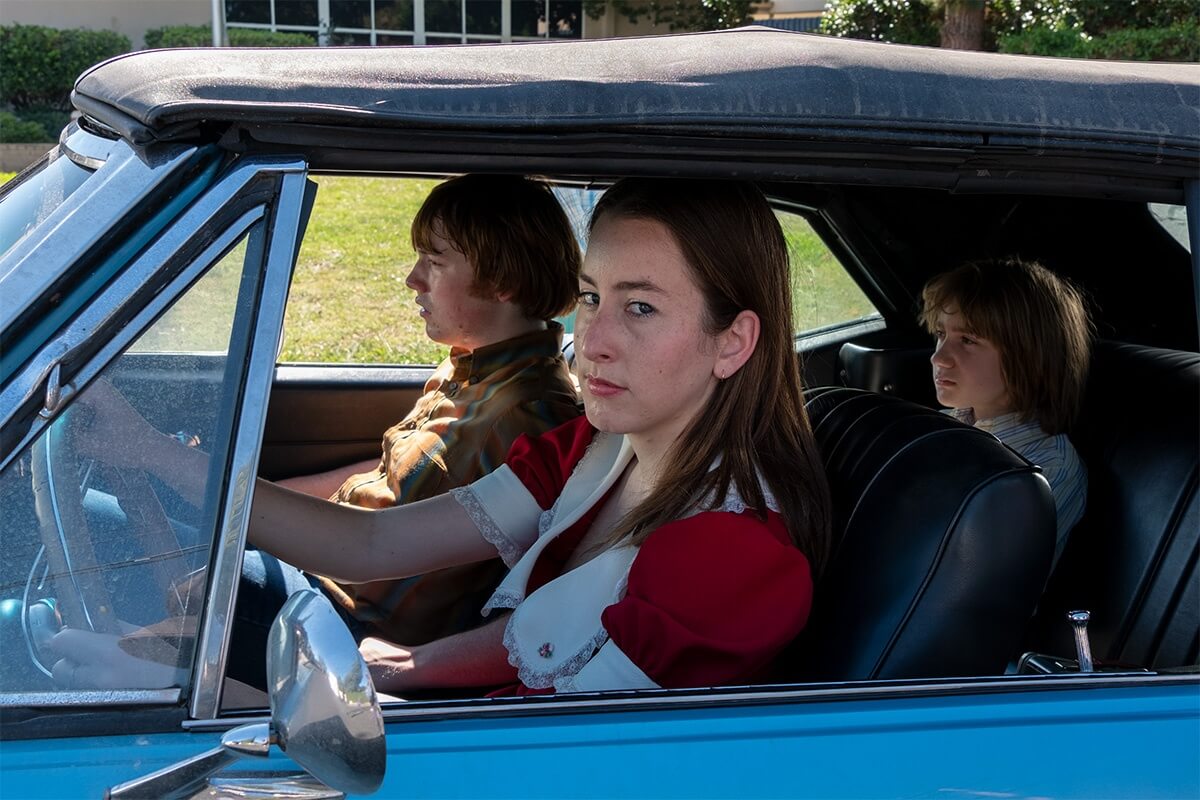
This film is a romanticized depiction of 1970s San Fernando Valley, an era recreated with such visual and auditory care that it immerses the viewer in a slightly imperfect past. The story follows the intertwined lives of Gary, a young entrepreneur and teenage actor, and Alana, a 25-year-old searching for her identity, as they navigate the blurred lines between friendship and love in a world full of adventures and memorable characters. The scenes unfold like a series of sweet and chaotic memories, accompanied by a period-accurate soundtrack and analog film aesthetics, leaving us with a deep sense of nostalgia for a time either lived or simply dreamed of.

